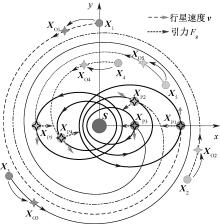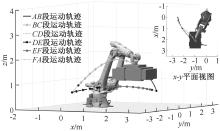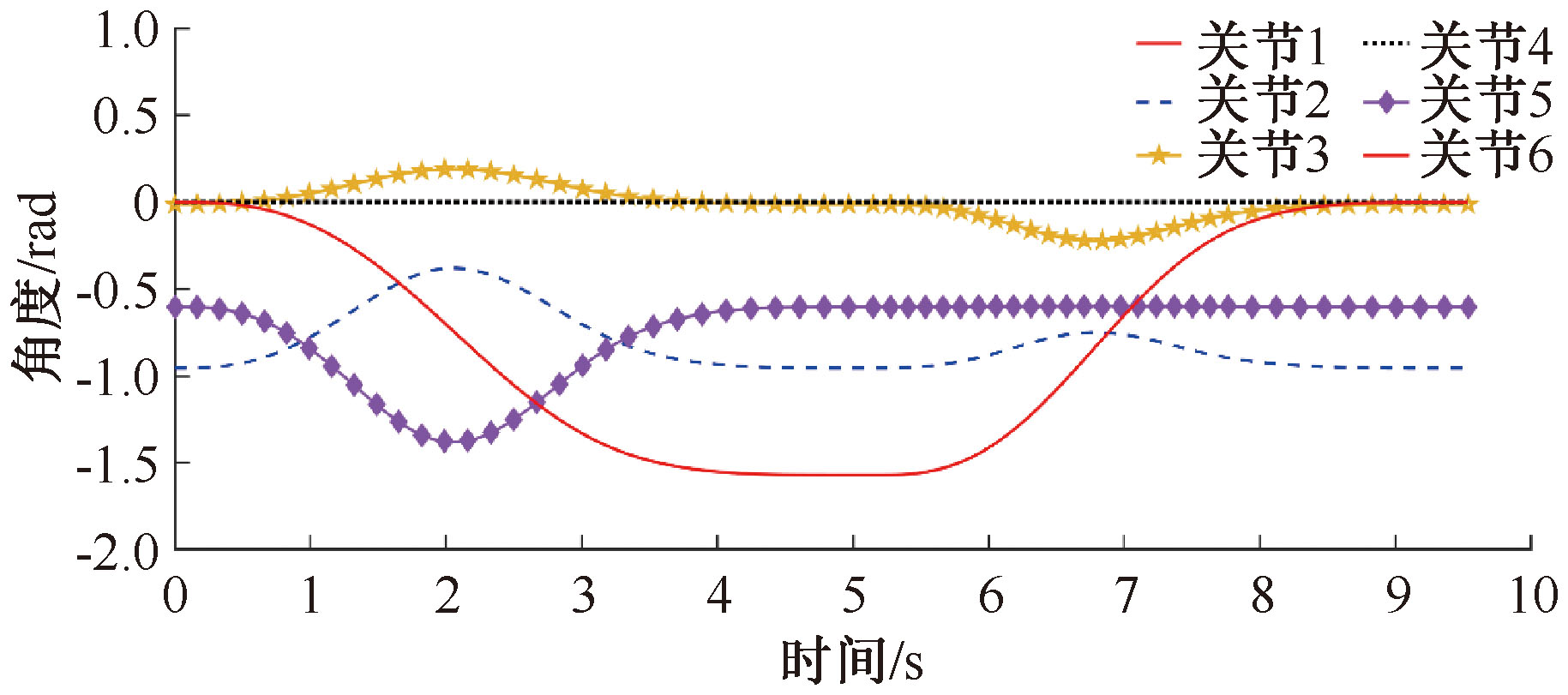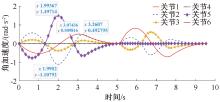| [1] |
陈刚, 张晓蕾, 徐帅, 等. 我国2005—2020年粉尘爆炸事故统计分析[J]. 中国安全科学学报, 2022, 32(8):76-83.
doi: 10.16265/j.cnki.issn1003-3033.2022.08.0812
|
|
CHEN Gang, ZHANG Xiaolei, XU Shuai, et al. Statistical analysis on dust explosion accidents in China from 2005 to 2020[J]. China Safety Science Journal, 2022, 32(8):76-83.
doi: 10.16265/j.cnki.issn1003-3033.2022.08.0812
|
| [2] |
赵欣然, 张琪, 王卫东, 等. 可燃性粉尘云的图像检测方法[J]. 中国安全科学学报, 2020, 30(4): 8-13.
doi: 10.16265/j.cnki.issn1003-3033.2020.04.002
|
|
ZHAO Xinran, ZHANG Qi, WANG Weidong, et al. Image detection method of combustible dust cloud[J]. China Safety Science Journal, 2020, 30(4): 8-13.
doi: 10.16265/j.cnki.issn1003-3033.2020.04.002
|
| [3] |
刘茜尧. 选煤厂筛分车间粉尘运移规律及降尘技术研究[D]. 太原: 太原理工大学, 2022.
|
|
LIU Xiyao. Study on dust migration law and dust reduction technology in screening workshop of coal preparation plant[D]. Taiyuan: Taiyuan University of Technology, 2022.
|
| [4] |
袁帅, 王义宇, 张泽旭, 等. 月面人机协同作业机械臂安全轨迹规划[J]. 宇航学报, 2023, 44(6):874-884.
|
|
YUAN Shuai, WANG Yiyu, ZHANG Zexu, et al. Safe path planning for human-robot cooperative lunar tasks[J]. Journal of Astronautics, 2023, 44(6):874-884.
|
| [5] |
海素峰, 于景斌, 李金辉, 等. 矿山智能加水站四自由度机械臂运动特性研究[J]. 中国安全科学学报, 2023, 33(增2):158-163.
|
|
HAI Sufeng, YU Jingbin, LI Jinhui, et al. Research on motion characteristics of manipulator for intelligent water filling stations in mines[J]. China Safety Science Journal, 2023, 33(S2):158-163.
doi: 10.16265/j.cnki.issn1003-3033.2023.S2.0007
|
| [6] |
赵业和, 刘达新, 刘振宇, 等. 基于多种群竞争松鼠搜索算法的机械臂时间最优轨迹规划[J]. 浙江大学学报:工学版, 2022, 56(12):2321-2329,2 402.
|
|
ZHAO Yehe, LIU Daxin, LIU Zhenyu, et al. Time-optimal trajectory planning of manipulator based on multi-group competition squirrel search algorithm[J]. Journal of Zhejiang University: Engineering Science, 2022, 56(12):2321-2329,2 402.
|
| [7] |
吴继春, 张斋武, 杨永达, 等. 基于改进金枪鱼群算法的机械臂时间最优轨迹规划[J]. 计算机集成制造系统, 2024, 30(12):4292-4301.
|
|
WU Jichun, ZHANG Zhaiwu, YANG Yongda, et al. Time optimal trajectory planning of robotic arm based on improved tuna swarm algorithm.[J]. Computer Integrated Manufacturing Systems, 2024, 30(12):4292-4301.
|
| [8] |
DU Yuxiao, CHEN Yihang. Time optimal trajectory planning algorithm for robotic manipulator based on locally chaotic particle swarm optimization[J]. Chinese Journal of Electronics, 2022, 31(5): 906-914.
|
| [9] |
XU Jing, REN Chaofan, CHANG Xiaonan, et al. Robot time-optimal trajectory planning based on quintic polynomial interpolation and improved Harris Hawks algorithm[J]. Axioms, 2023,12:DOI:10.3390/axioms12030245.
|
| [10] |
ABDEL-BASSET M, MOHAMED R, ABDEL AZEEM S A, et al. Kepler optimization algorithm: a new metaheuristic algorithm inspired by Kepler's laws of planetary motion[J]. Knowledge-Based Systems, 2023,268:DOI: 10.1016/j.knosys.2023.110454.
|
| [11] |
HU Gang, GONG Changsheng, LI Xiuxiu, et al. CGKOA:an enhanced Kepler optimization algorithm for multi-domain optimization problems[J]. Computer Methods in Applied Mechanics and Engineering, 2024,425:DOI: 10.1016/j.cma.2024.116964.
|
| [12] |
PARIKH P A, TRIVEDI R, DAVE J. Trajectory planning for the five degree of freedom feeding robot using septic and nonic functions[J]. International Journal of Mechanical Engineering and Robotics Research, 2020, 9(7): 1043-1050.
|
| [13] |
陈景序, 马恒, 荆德吉. 受限空间沉积粉尘二次飞扬特征及数值分析[J]. 辽宁工程技术大学学报:自然科学版, 2019, 38(2):130-135.
|
|
CHEN Jingxu, MA Heng, JING Deji. Dust emission tension and numerical analysis in confined space sedimentary[J]. Journal of Liaoning Technical University: Natural Science, 2019, 38(2):130-135.
|
| [14] |
韩桂波, 詹水芬, 张晓春, 等. 煤炭粉尘颗粒起动风速影响因素及数学模型[J]. 煤炭学报, 2009, 34(10):1359-1363.
|
|
HAN Guibo, ZHAN Shuifen, ZHANG Xiaochun, et al. Influence factors and mathematical model of coal dust particles threshold velocity[J]. Journal of China Coal Society, 2009, 34(10):1359-1363.
|
| [15] |
MIRJALILI S, LEWIS A. The whale optimization algorithm[J]. Advances in Engineering Software, 2016, 95: 51-67.
|
| [16] |
WEN Long, JIAO Jianjun, LIANG Ximing, et al. A random opposition-based learning grey wolf optimizer[J]. IEEE Access, 2019, 7: 113 810-113 825.
|
| [17] |
MENG Anbo, CHEN Yucheng, YIN Hao, et al. Crisscross optimization algorithm and its application[J]. Knowledge-Based Systems, 2014, 67: 218-229.
|
| [18] |
XUE Jiankai, SHEN Bo. A novel swarm intelligence optimization approach: sparrow search algorithm[J]. Systems Science & Control Engineering, 2020, 8(1): 22-34.
|
| [19] |
XUE Jiankai, SHEN Bo. Dung beetle optimizer: a new meta-heuristic algorithm for global optimization[J]. The Journal of Supercomputing, 2023, 79(7): 7305-7336.
|
| [20] |
ABDEL-BASSET M, MOHAMED R, ABOUHAWWAS M. Crested porcupine optimizer: a new nature-inspired metaheuristic[J]. Knowledge-Based Systems, 2024,284:DOI: 10.1016/j.knosys.2023.111257.
|



















